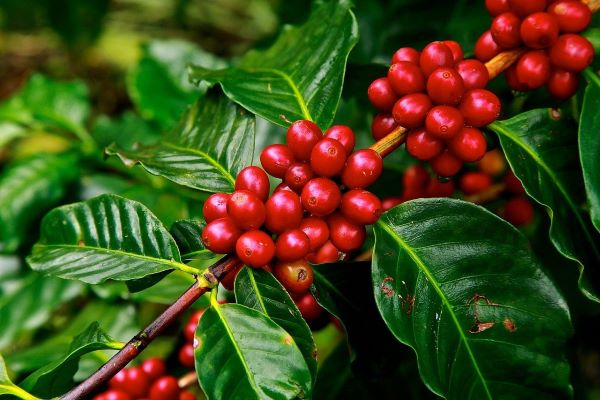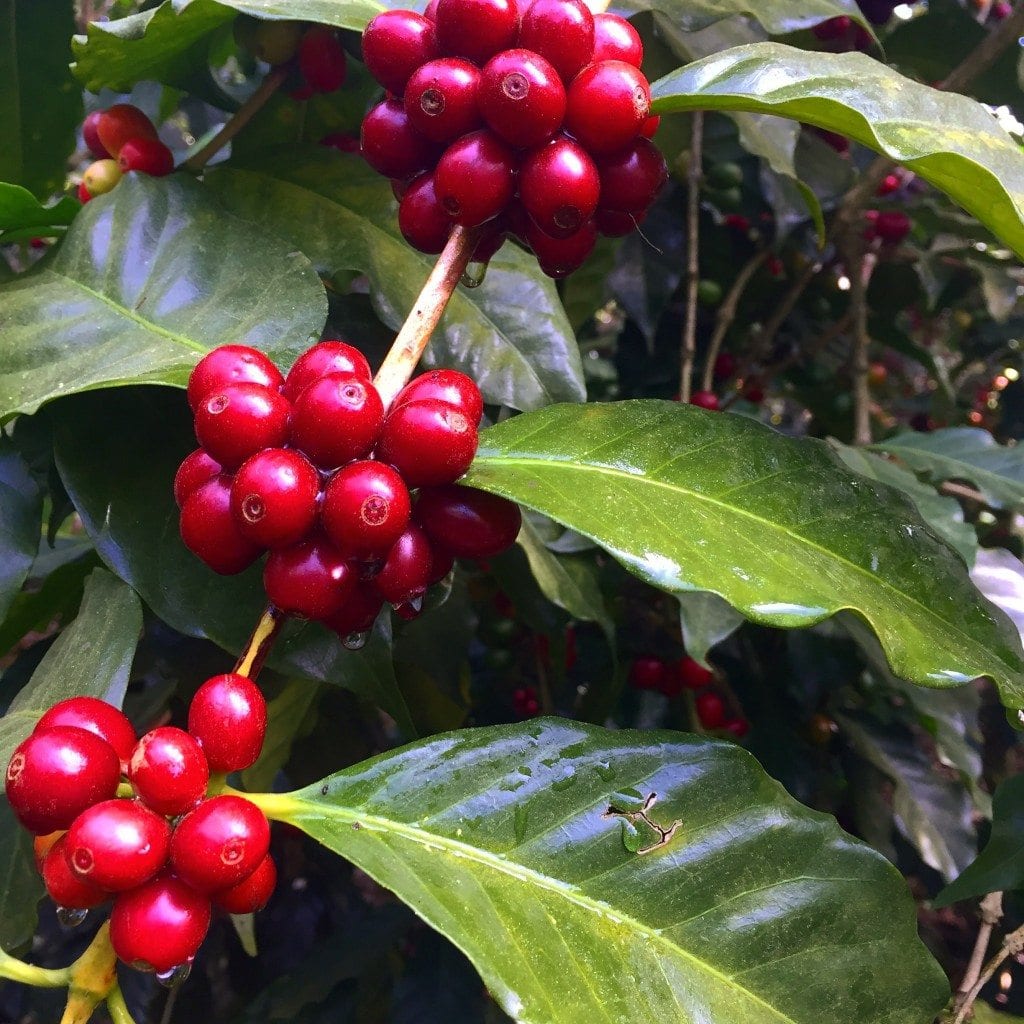Plantparadise
Coffee Fruit Plant
Coffee Fruit Plant
Couldn't load pickup availability
Coffee fruit, also known as coffee cherries or coffee berries, is the fruit of the coffee plant (Coffea). These fruits play a crucial role in the production of coffee beans, which are extracted from the seeds inside the fruit. Here is a description of the coffee fruit plant:
-
Plant Species: Coffee fruit comes from several species of the Coffea genus, with the two most widely cultivated species being Coffea arabica (Arabica coffee) and Coffea canephora (Robusta coffee). Arabica coffee is known for its superior flavor, while Robusta coffee is valued for its robustness and higher caffeine content.
-
Growth Habit: Coffee plants are evergreen shrubs or small trees that typically grow to a height of 6 to 15 feet (1.8 to 4.5 meters) depending on the variety and growing conditions. They have dark green, glossy leaves that are often elliptical or lance-shaped.
-
Foliage: The leaves of the coffee plant are usually arranged opposite each other along the branches and are about 2 to 6 inches (5 to 15 cm) in length. They provide shade to the coffee cherries, protecting them from excessive sunlight.
-
Flowers: Coffee plants produce small, fragrant, white or pale pink flowers that grow in clusters at the leaf axils. These flowers are known as coffee blossoms and are an important stage in the coffee production process as they eventually develop into coffee cherries.
-
Fruit (Coffee Cherries): The coffee cherries are small, spherical or ellipsoidal fruits that turn from green to various shades of red, yellow, or orange when ripe, depending on the variety. Each cherry typically contains two coffee beans (seeds) surrounded by a layer of sweet pulp and mucilage.
-
Harvesting: Coffee cherries are harvested once they reach maturity, which can vary depending on the coffee variety and growing region. The harvesting process is often done by hand-picking the ripe cherries from the branches.
-
Processing: After harvesting, coffee cherries undergo processing to extract the beans. This process can involve methods like pulping, fermentation, washing, and drying. The choice of processing method can significantly impact the flavor profile of the resulting coffee.
-
Ecological Importance: Coffee plants are valuable in their natural habitats as they provide habitat and food for various wildlife, including birds and insects. Shade-grown coffee, in particular, promotes biodiversity and is considered more environmentally friendly.
-
Geographic Distribution: Coffee plants are primarily grown in tropical and subtropical regions around the world, often referred to as the "coffee belt." Key coffee-producing countries include Brazil, Colombia, Vietnam, Ethiopia, and Honduras, among others.
Coffee fruit is the starting point of the coffee production chain, and the beans extracted from these cherries are roasted, ground, and brewed to create the beloved beverage enjoyed by people worldwide. The flavor and aroma of the coffee are greatly influenced by the variety of coffee plant, the growing conditions, and the processing methods employed.
Materials
Materials
Shipping & Returns
Shipping & Returns
Dimensions
Dimensions
Care Instructions
Care Instructions




